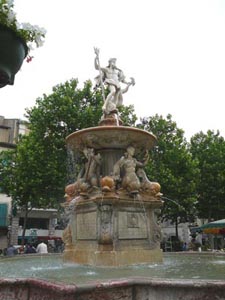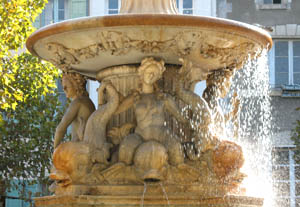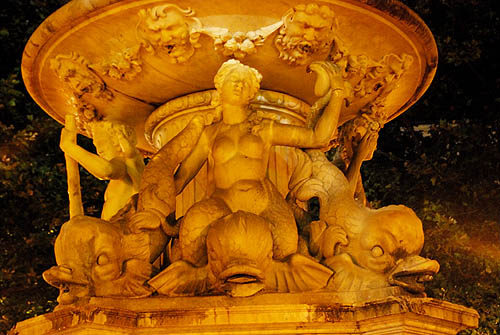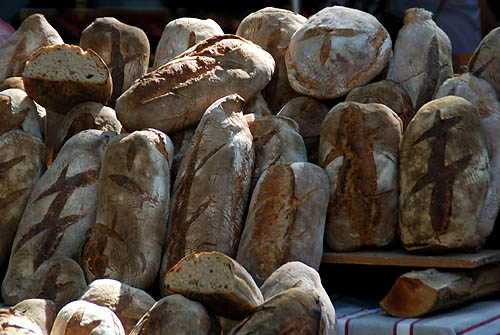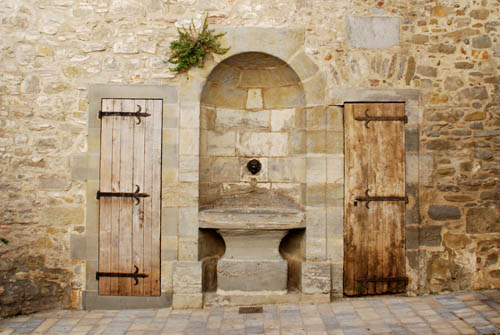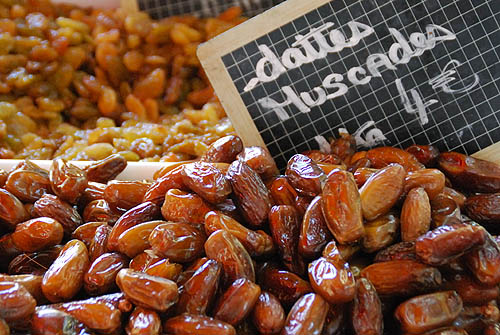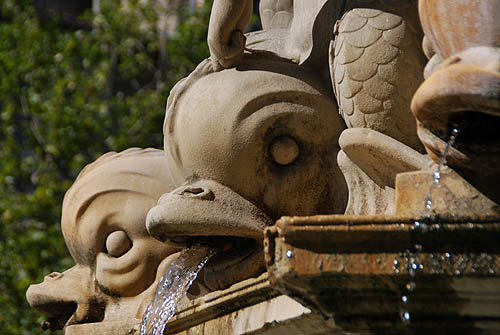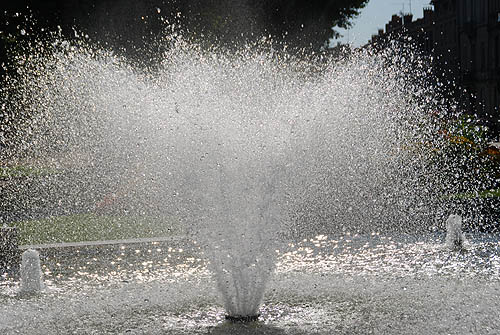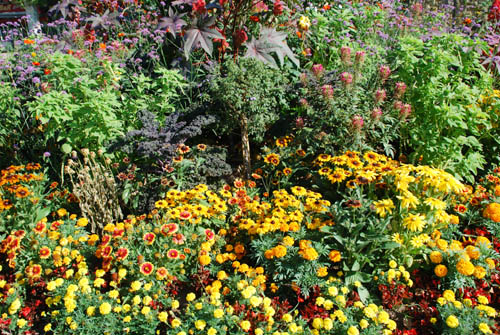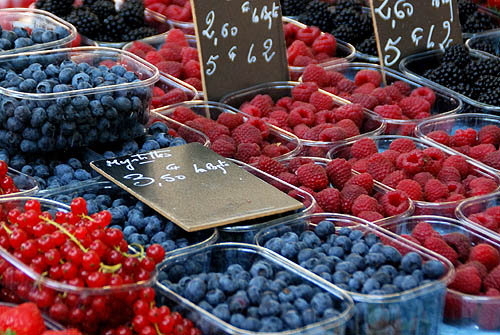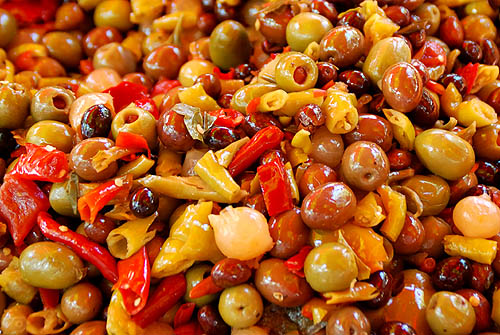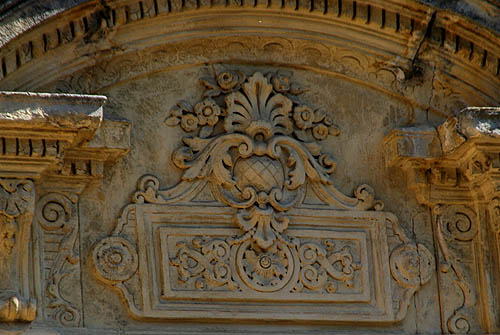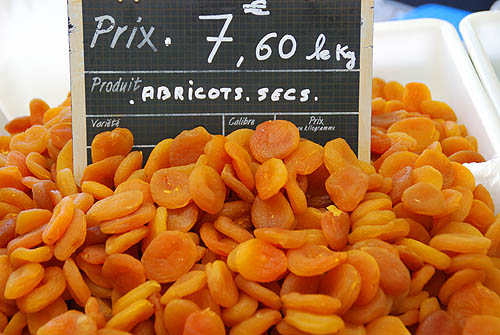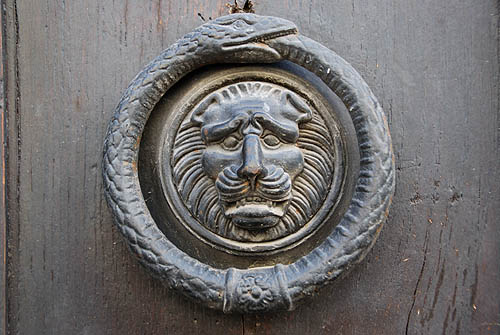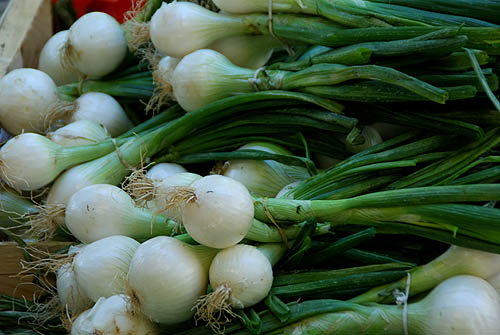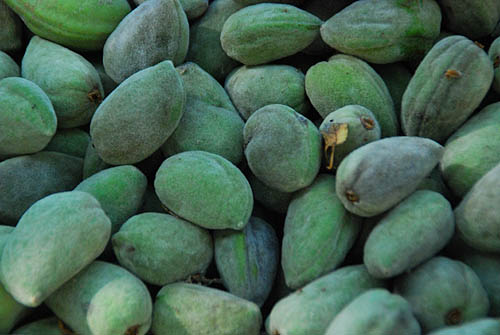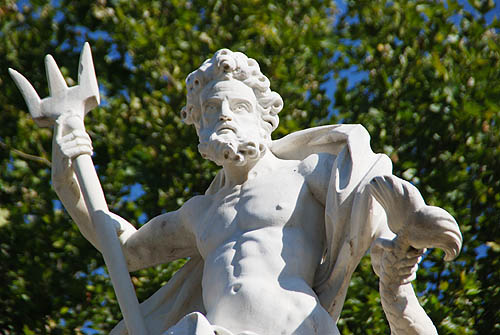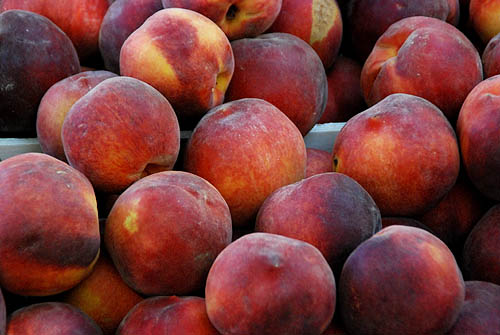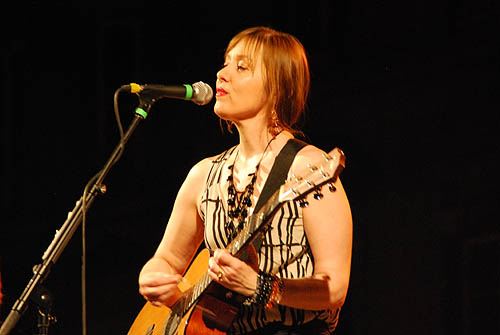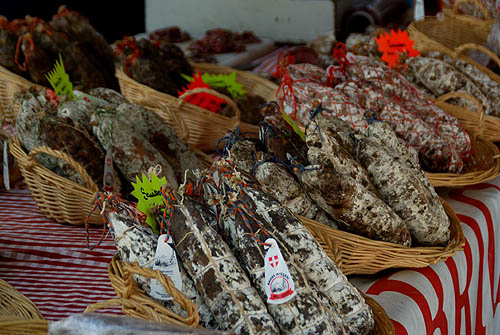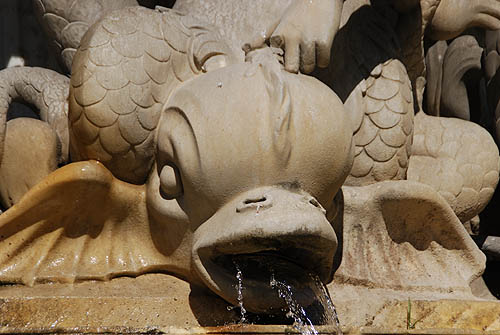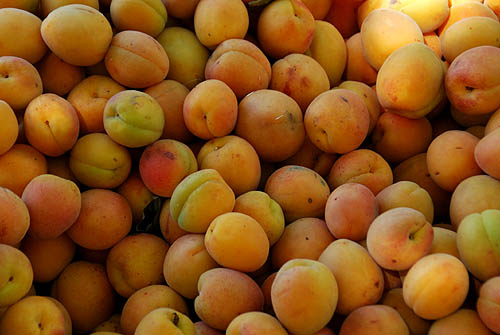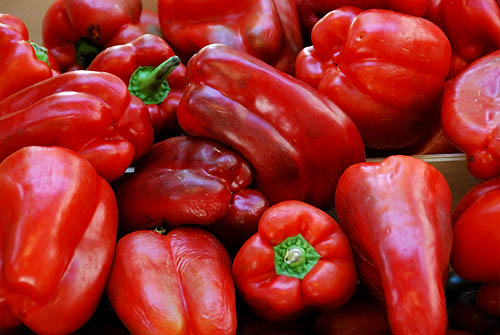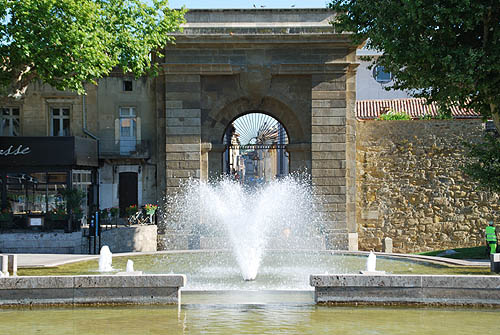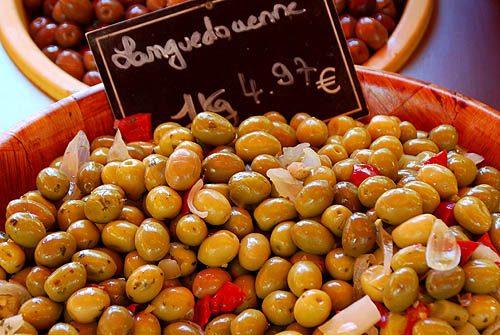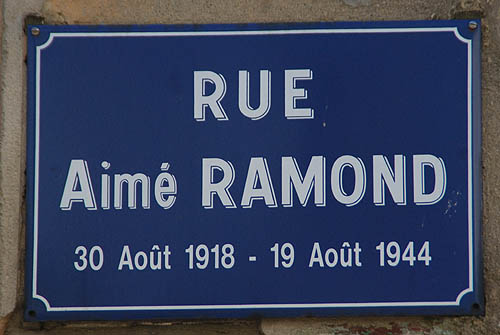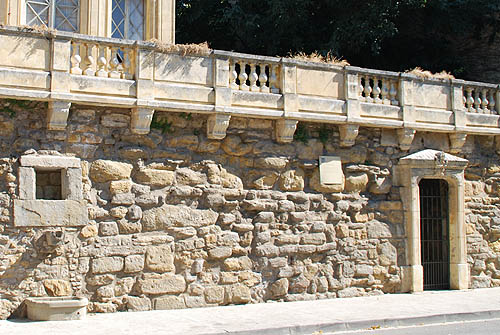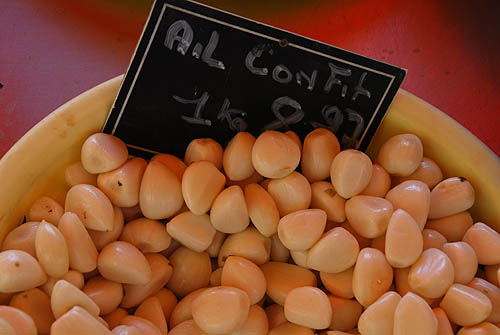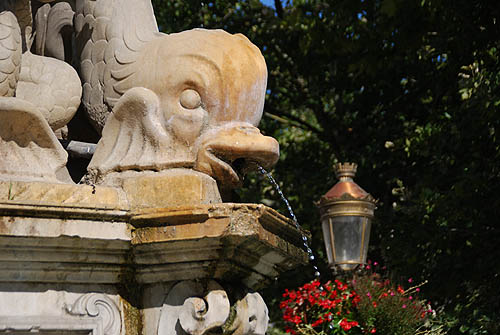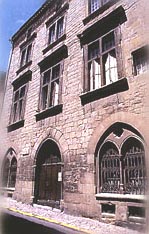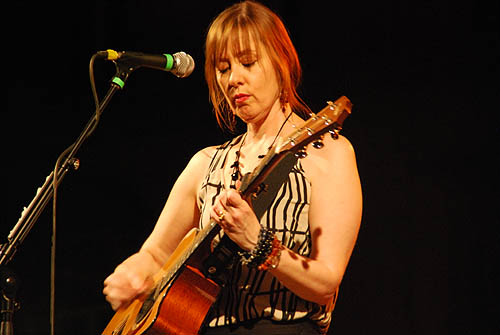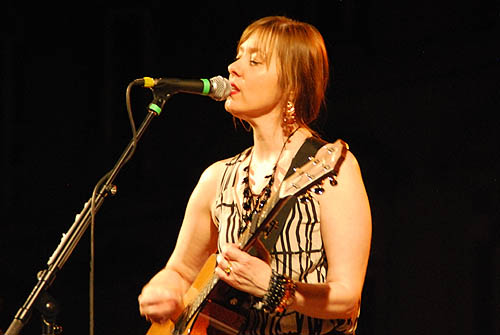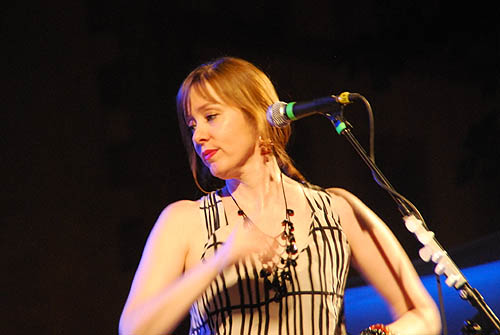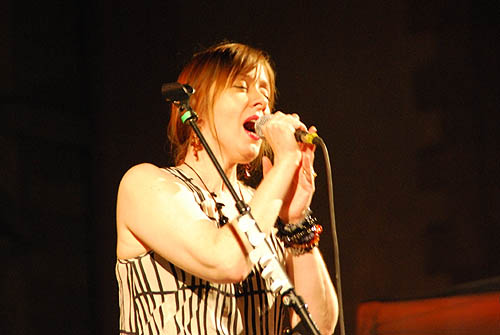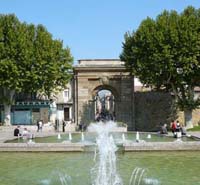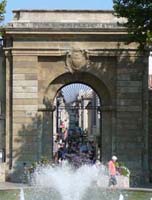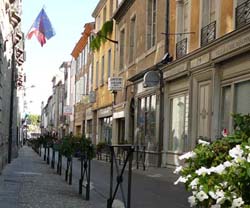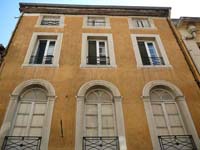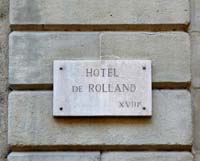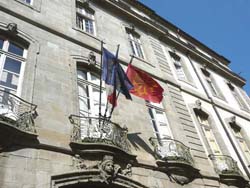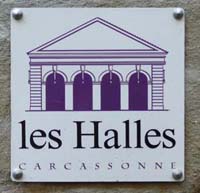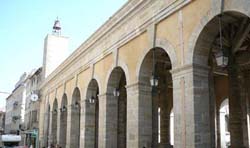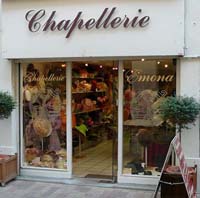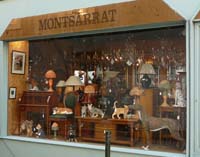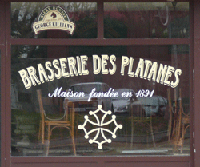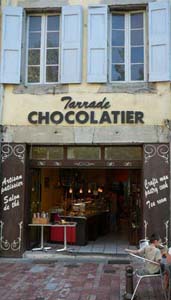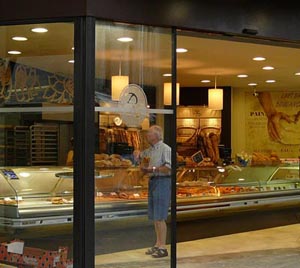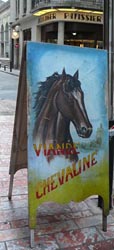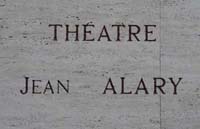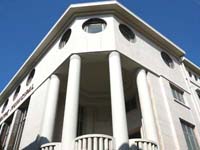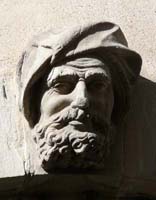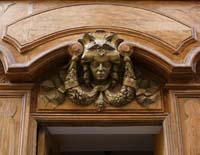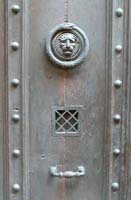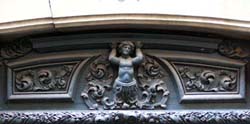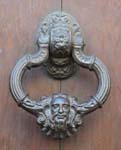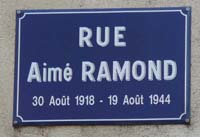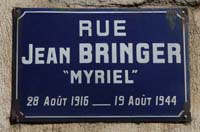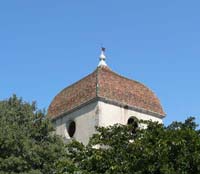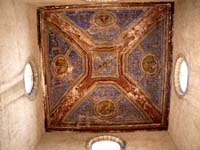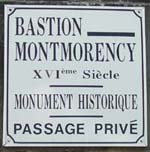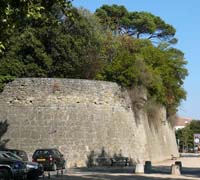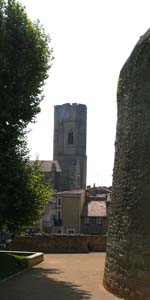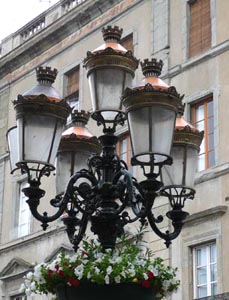|
|||||||||||||||||||||||||||||||||||||||||||||||||||||||||||||||||||||||||||||||||||||||||||||||||||||||||||||||||||||||||||||||
These walls (l’enceinte) were built between 1355 and 1359, on the Orders of the Comte d’Armagnac. They extended some 3,000 years (2,800 meters). Towers were built before 1359, but were replaced by bastions during the Wars of Religion in the Sixteenth century. The Bastion de Saint-Martial to the north-west corner., le Bastion de la Figuières to the north-east, le Bastion de Montmorency to the south-east, and the Tour Grosse (or Tour des Moulins) to the south-west..
Photographs |
|||||||||||||||||||||||||||||||||||||||||||||||||||||||||||||||||||||||||||||||||||||||||||||||||||||||||||||||||||||||||||||||
Museums & Permanent things to do
|
|
|
Independent tours of the Bastide Every day, throughout the year |
A tour through the heart of the Bastide Saint-Louis to view its many treasures (in French, English and Spanish). 3€ per audio guide. Duration: 1 ½ to 2 hours. Reservation recommended. |
|
Guided tours of the Bastide From 12/6/2007 through 13/9/2007, every tuesday and thursday. |
Guided tours of the Bastide Saint Louis. Discover its remains, its monuments and its private mansions, between the banks of the Aude and the Canal du Midi. Price : - Adults: 5€ - Children : 5€ - Under 12 : free. |
|
Boat Hire - Société Nautic Entry fee |
Boat hire, weekends and weekly. Boats sleep 2 to 12 people. |
|
Boat
trip with Solal Open every day from April to October (except Mondays in
off-season). |
Duration 1:45hrs, or 2:30hrs to see the locks. Departure from and return to the Carcassonne harbour. Guided visit in English, Spanish, French. |
|
Memorial
house Open Tuesday through Saturday from 9am to 12pm and from
2pm to 6pm. |
This is the house where the poet Joë Bousquet lived as an invalid and invited all the major creators of the first half of the 20th century. A succession of painters, poets and scholars visited him in his room that still looks today as it did in his time. Permanent exhibition of the works of Joë Bousquet. Temporary exhibition relating to the cultural heritage of the département or the works of various audois artists. This building houses the offices of the René Nelli Centre for Cathar Studies and the Groupe Audois de Recherche et d'Animations Ethnographiques. |
|
Museum
of Fine Arts From 15/06 to 15/09, every day from 10am to 6pm. From 16/09
to 14/06, Tuesday to Saturday from 10am to 12pm and 2pm
to 6pm, and the first Sunday of every month, October to
June, from 2.30pm to 5.30pm. |
A panoramic picture of European paintings of the 17th, 18th and 19th centuries. Guided tour on request. |
In Carcassonne,
|
|
|
Forest
Acrobatic Park Open every day from 1pm to 6pm during June, July and August.
Otherwise open on Wednesdays, weekends, public holidays
and school holidays from 1pm to 6pm between March and November.
Winter opening by arrangement only. |
Seven courses of varying difficulty with more than 80 workshops, including two Tyrolean traverses above Lac de la Cavayère. |
|
Musée Beaubois Open for parties with advanced booking (phone between 12:00
pm - 2:00pm) |
Exhibition of works by Jean Beaubois, - Temporary exhibitions, - Library of art books and books on art, - Children's library, - Storytelling workshop, - Restoration workshop. |
|
Parc
Australien Open every day from 2pm from 1 April to 15 November. Open
from 10.45am to 7.30pm during July and August. |
Rather bizarrely, an Australian nature art. From kangaroos to emus, from gold prospectors to aborigines, from boomerangs to didgeridoos, share in the "Australian dream". |
Carcassonne
Golf Club (Golf de Carcassonne) 
Click on the following link to open in a new window an external site Acacia, a Carcassonne Tennis Club
Click on the following link to open in a new window an external site with Carcassonne's Official seasonal What's on (In French)
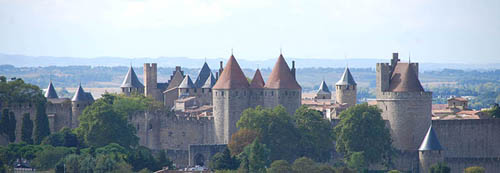
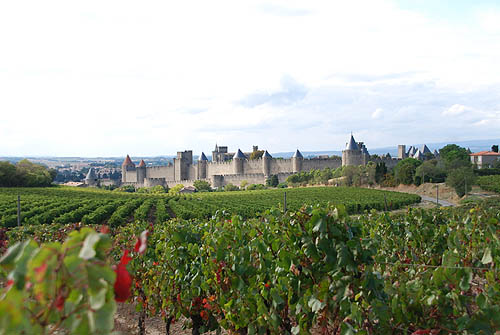
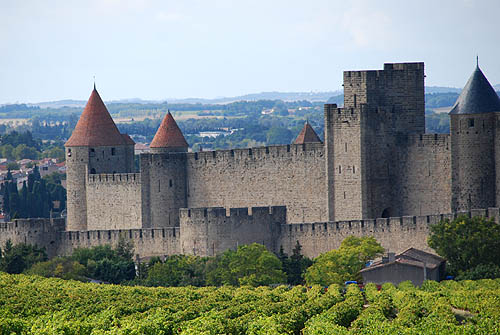
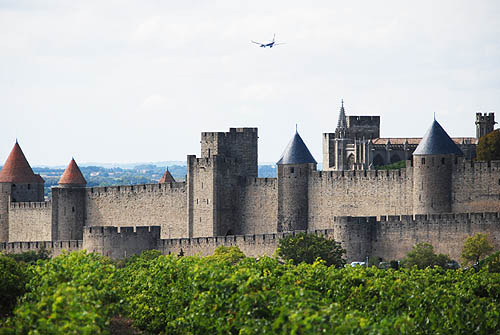

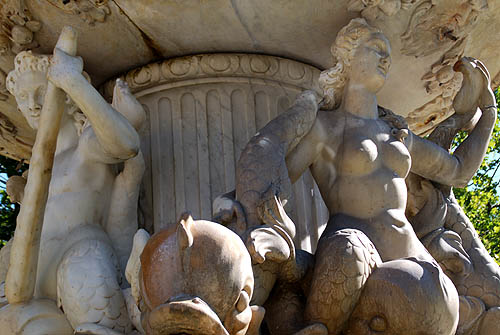
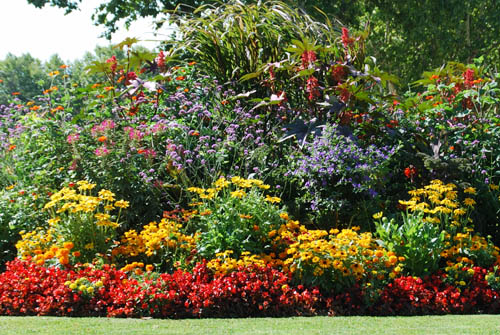
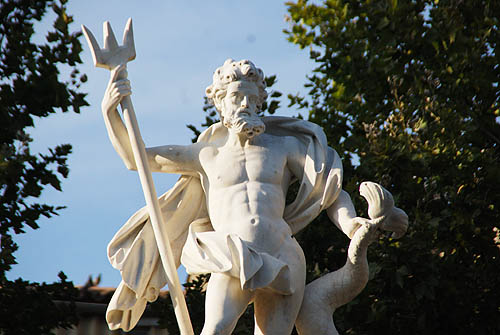
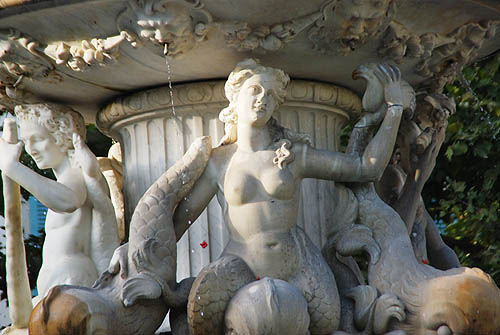
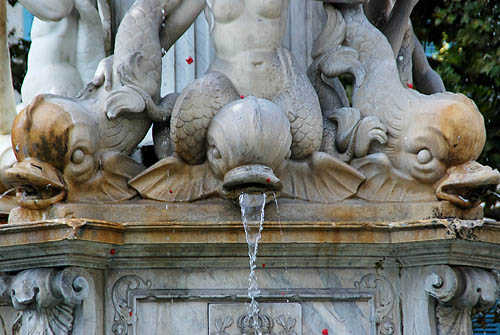
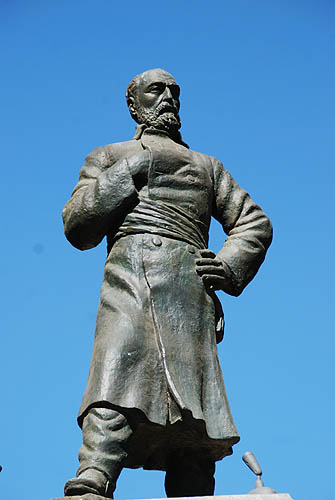 |
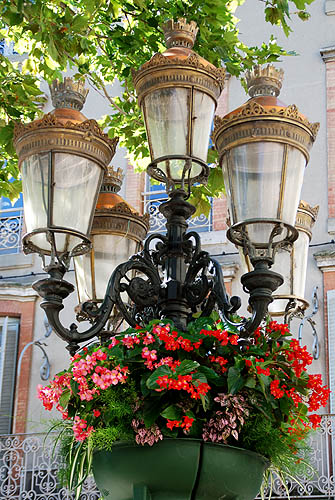 |
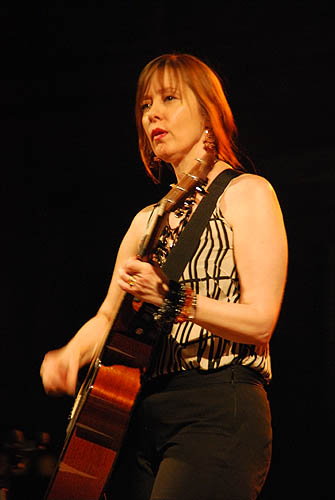 |
|
Just outside
the main entrance to the Bastide -
a broad boulevard just a couple of minutes' walk from the Penthouse |
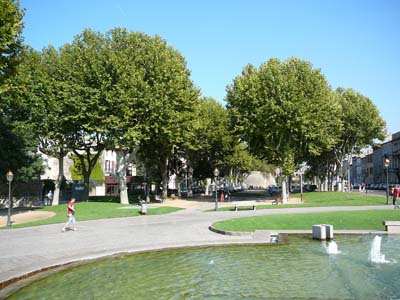 |
|
The Porte
Des Jacobins - the main entrance into the Bastide
|
||
|
|
Just inside
the main entrance to the Bastide - the rue Aime Ramon and
the Penthouse
|
||
|
|
The Hotel
de Ville (Town Hall) in the rue Aimé Ramon.
A seventeenth century grand town house (hôtel particulaire) |
||
|
|
Rear of
the Hôtel de Ville (Town Hall), housed in the Hôtel
de Rolland, once a private residence
|
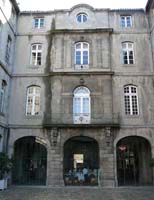 |
|
Les Halles
- a covered market, a few minutes walk away from the penthouse
|
||
|
|
The Banque
de France is just round the corner from the Penthouse
|
 |
|
Sea Jousting,
an ancient sport, has recently been re-introduced in Carcassonne.
Joustes are held each year on the Canal du Midi.
|
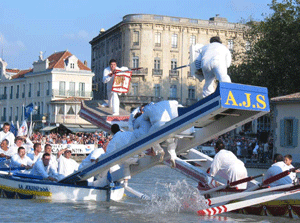 |
|
Nearby
shops include jewellers, hat shops, antique shops, and numerous
food shops
|
||||||
|
|
The 1920's
style city theatre - less than two minutes walk from the
Penthouse
|
||
|
|
Some architectural
details in the bastide
|
||||||
|
|
A quiet
side street
|
 |
|
Some roads
in the Bastide are named after French heroes of the Second
World War
(Some identify the code-names of Resistance heroes) |
||
|
|
The Dôme
- exterior and interior - less than five minutes' walk from
the Penthouse
|
||
|
|
A remaining
part of the city walls - the seventeenth century Bastion
Montmorency.
Three minutes walk from the Penthouse |
||
|
|
A House
built on the Bastion Montmorency
|
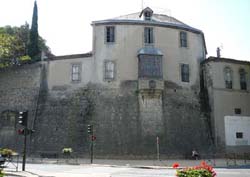 |
|
The Museum
of Fine Arts (in an historic hôtel particuliare) -
three minutes walk from the Penthouse
|
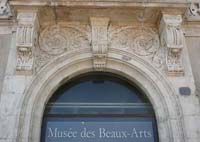 |
|
Carcassonne
Railway Station, less than ten minutes walk from the penthouse
|
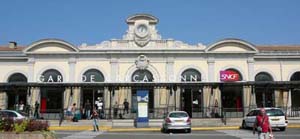 |
|
Boat trips
on the picturesque Canal du Midi, less than ten minutes
walk from the penthouse
|
 |
|
The Canal
du Midi which skirts the bastide, less than ten minutes
walk from the penthouse
|
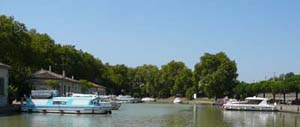 |
|
Tourists
enjoying lunch by the Canal du Midi
|
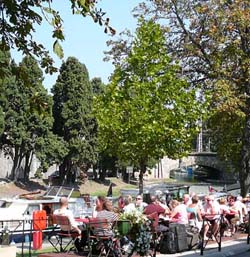 |
|
A city
view - one of several churches in the bastide
|
||
|
|
In France
an "Hôtel" is a large town house.
|
 |
|
War Memorial
|
 |
|
An eighteenth
century town house just outside the bastide
|
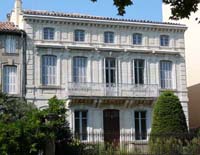 |
|
The City
coat of arms on the pediment of a building
|
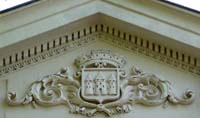 |
|
Some roads
are named after famous French historical figures
|
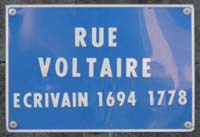 |
|
Spanish
dresses for sale at the Saturday market
|
 |
|
The Cathedral
of St Michel - two minutes walk from the penthouse
|
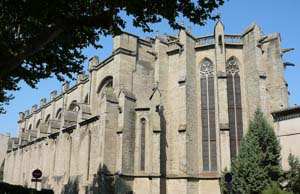 |
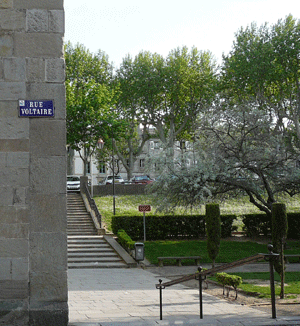 |
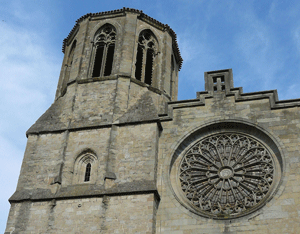 |
 |
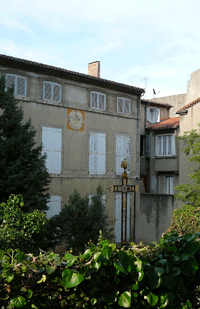 |



